The Samsung Galaxy S21 Ultra & S21 Review: The Near Perfect and The Different
by Andrei Frumusanu on February 22, 2021 12:00 PM EST- Posted in
- Smartphones
- Samsung
- Mobile
- Galaxy S21
- Galaxy S21 Ultra
Camera - HDR
We swivel to the main sensor capture experience and quality. Luckily, I was able to get captures on a very sunny day to really stress the HDR processing the cameras, which isn’t always straightforward to do on winter days.
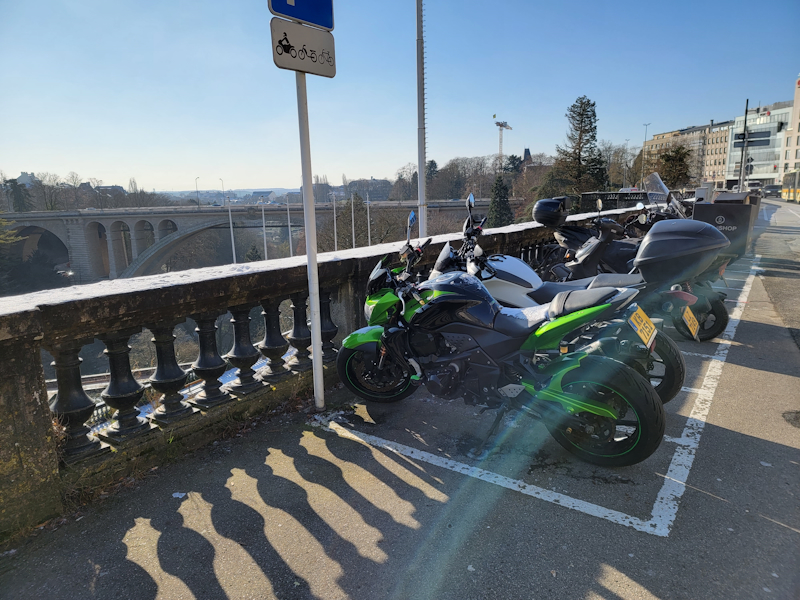
[ S21U(S) ] [ S21U(E) ]
[ S21(E) ] [ S20+(E) ] [ Note20U(S) ]
[ iPhone 12 Pro ] [ Mate40 Pro ] [ Mi 11 ]
[ Mi 10 Pro ] [ Pixel 5 ]
[ X-T30 ( ) ]
In the first shot what’s quite obvious is the lens flare that affects most of the phone cameras in this scene. Unfortunately, anti-reflective coatings aren’t something that are very prevalent in the mobile smartphone camera industry so it’s something you probably won’t see a lot of vendors put much effort in.
Disregarding that, the new S21 phones are all doing extremely well, and generally being able to outperform all other phones in terms of the dynamic range they’re able to capture, which sees a slight improvement to the Note20 Ultra.
There are processing differences between the Exynos and Snapdragon, particularly visible on the ultra-wide angle module, with much better retention of shadow detail on the part of the Snapdragon unit.

[ S21U(S) ] [ S21U(E) ]
[ S21(E) ] [ S20+(E) ] [ Note20U(S) ]
[ iPhone 12 Pro ] [ Mate40 Pro ] [ Mi 11 ]
[ Mi 10 Pro ] [ Pixel 5 ]
[ X-T30 ( ) ]
This shot is also very demanding as shooting against the sun isn’t your recommended capture style.
Although the S21 phones are doing very well, I would say they’re falling more notably behind the iPhone 12’s processing which is able to get much more dynamic range out of the shot.
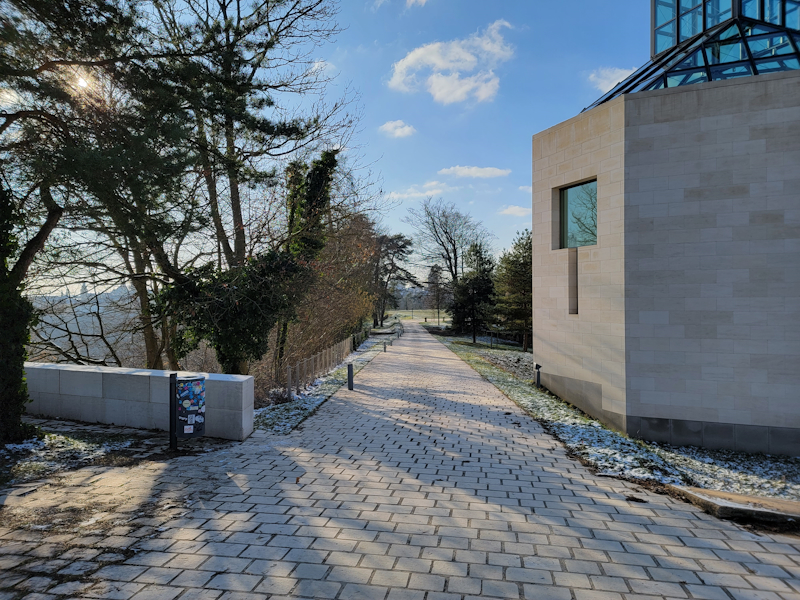
[ S21U(S) ] [ S21U(E) ]
[ S21(E) ] [ S20+(E) ][ Note20U(S) ]
[ Mate40 Pro ] [ Mi 11 ]
[ Mi 10 Pro ] [ Pixel 5 ]
[ X-T30 ( ) ]
Here, I thought the S21 phones fell flat with their HDR. The S20 and Note20Ultra more accurately retained the highlights of the scene while the S21 and S21 Ultra’s pictures histograms looks empty in the last 10-15% of levels, even though this is in the broad sun.
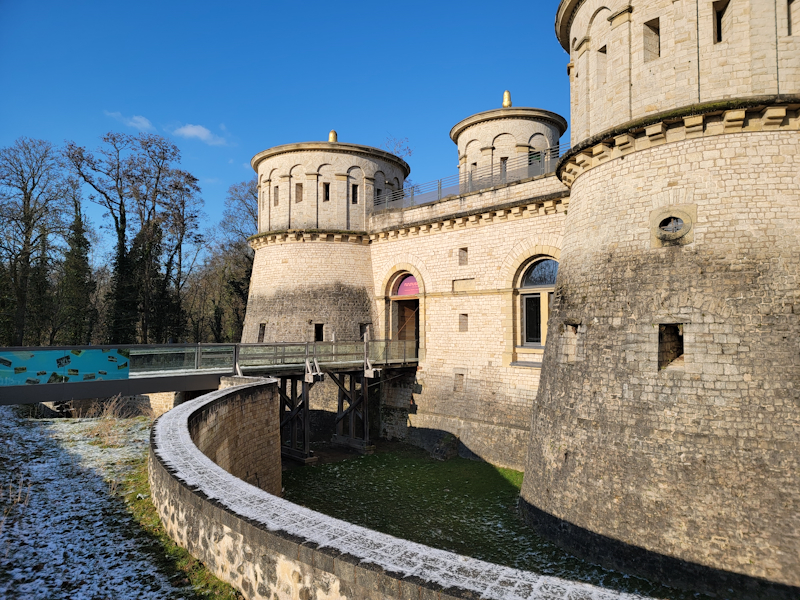
[ S21U(S) ] [ S21U(E) ]
[ S21(E) ] [ S20+(E) ] [ Note20U(S) ]
[ iPhone 12 Pro ] [ Mate40 Pro ] [ Mi 11 ]
[ Mi 10 Pro ] [ Pixel 5 ]
[ X-T30 ( ) ]
For once not facing the sun, we’re seeing different characteristics between the phones. The S21 Ultra compared to the Note20 Ultra is able to showcase much better fine details both in highlights as well as the shadows. Oddly enough, while the bright areas are generally the same for the Exynos model, it suffers a lot in the shadows and blacks.

[ S21U(S) ] [ S21U(E) ]
[ S21(E) ] [ S20+(E) ] [ Note20U(S) ]
[ iPhone 12 Pro ] [ Mate40 Pro ] [ Mi 11 ]
[ Mi 10 Pro ] [ Pixel 5 ]
[ X-T30 ( ) ]
The tendency of the Exynos doing worse in the shadows continues on in this scene. It’s to be noted that all the phones here had trouble with colour temperature which was far too warm, though the S21 improved upon the S20.

[ S21U(S) ] [ S21U(E) ]
[ S21(E) ] [ S20+(E) ] [ Note20U(S) ]
[ iPhone 12 Pro ] [ Mate40 Pro ] [ Mi 11 ]
[ Mi 10 Pro ] [ Pixel 5 ]
[ X-T30 ( ) ]
This scene was interesting as the Snapdragon and Exynos did very different approaches in terms of capture although both came to a very similar result. The Exynos’s exposure was half of that of the snapdragon, and allowed it to retain highlight details in the clouds, although the Snapdragon’s lower ISO capture allowed it for more details in the shadows.
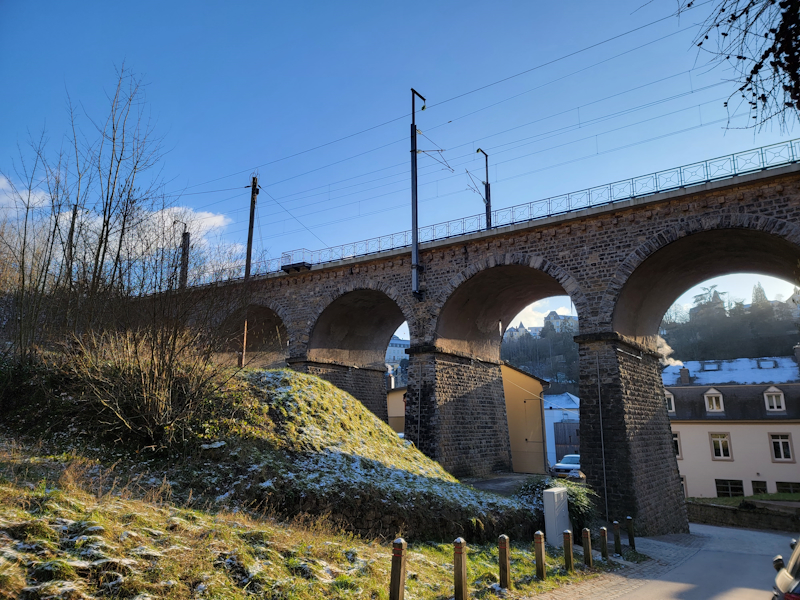
[ S21U(S) ] [ S21U(E) ]
[ S21(E) ] [ S20+(E) ] [ Note20U(S) ]
[ iPhone 12 Pro ] [ Mate40 Pro ] [ Mi 11 ]
[ Mi 10 Pro ] [ Pixel 5 ]
[ X-T30 ( ) ]
In more high dynamic range scenes, the S21 phones again do extremely well against the competition, although the generational differences are rather small. Again, we see very large differences in the blacks between the Snapdragon and Exynos phones in this scene when you look at the UWA image and the car on the right.
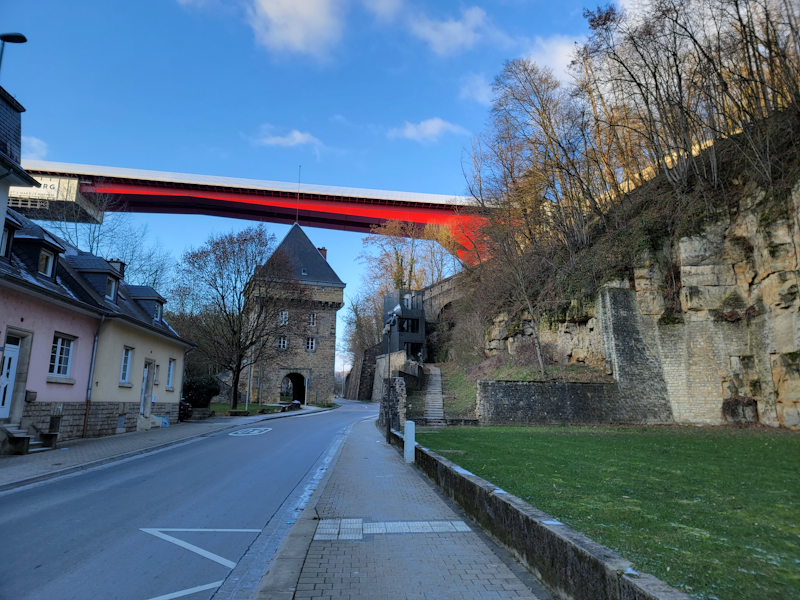
[ S21U(S) ] [ S21U(E) ]
[ S21(E) ] [ S20+(E) ] [ Note20U(S) ]
[ iPhone 12 Pro ] [ Mate40 Pro ] [ Mi 11 ]
[ Mi 10 Pro ] [ Pixel 5 ]
[ X-T30 ( ) ]
In less demanding shots like this one, the differences between the phones are much more minor in terms of exposure, but we are seeing large colour and detail variations. I have no idea what happened to the Snapdragon S21U as the grass on the right looks horrible compared to the Exynos S21U, which in turn looks worse than the Note20 Ultra, which is by far the most accurate phone in this scene.
HDR Daylight Verdict: Generally good, but extremely inconsistent
Generally, my view of the S21’s daylight performances are very much typical of a fresh Samsung device: a very much inconsistent processing mess. The S21 Ultra has extremely capable hardware, but the problem is that as with every last Galaxy S launch over the last few years we’re seeing very odd processing results. Sometimes the phone can capture great shots with dynamic range and detail far better than any other device, and sometimes it falls flat on its face. The fact that the Note20 Ultra is able to often beat out the new S21 Ultras in picture quality means that this is solely a software issue, and the firmware of the new phones just isn’t mature enough.
Since getting the phones and capturing the image samples on the day-1 firmware update, I’ve since gotten 2 further updates on the Exynos and one on the Snapdragon model, both always stating improved camera quality and improvements, which I would very well believe to be accurate and change the results showcased here. After all, Samsung on the S10 and S20 has released camera updates months into a device’s lifecycle, and I wouldn’t be surprised for the same to happen to the S21.
Generally speaking, the results of the S21 series are both good and bad because of this. There are hints of superb image quality, marred with general inconsistencies. The issues are more prevalent for the Ultra phones than for the simpler baseline models. I feel like Samsung has a swiss army knife here in terms of a camera solution, but all the knives and tools are dull.










122 Comments
View All Comments
TwoMetreBill - Monday, February 22, 2021 - link
Until we can see the results of the raw images processed in something like Lightroom, we won't really know what we can get from this system. The smaller the sensor, as a general rule, the greater the improvement from raw shooting. But as far as I can tell, nobody has published a raw sample library and I search every day.s.yu - Wednesday, February 24, 2021 - link
Just get a compatible version of Gcam running. With SD Samsung it's the easiest to find.tkSteveFOX - Tuesday, February 23, 2021 - link
Again, Huawei's Kirin 9000 knocks it out of the park. A better chip all-round.Samsung's 5nm is not even as good or roughly on par with TSMCs 7nm.
Getting an SD870 looks like a better deal this year, but if Huawei manage to produce a $800 Kirin 9000 device that would be the best of the best.
I am amazed how their massive GPU doesn't throttle as much as both Adreno 660 and MP14 in the E2100.
iphonebestgamephone - Tuesday, February 23, 2021 - link
Maybe being slow and wide is the best?s.yu - Wednesday, February 24, 2021 - link
The guy wasn't paying attention. The Adreno throttled far more than it was supposed to with the whole SoC settling down at 3W when it should have nearly 5W to use. And in several benchmarks the Kirin wasn't that fast either, so he's completely confused.And yes slow and wide has always been better but that only applies to the Mali comparison.
iphonebestgamephone - Thursday, February 25, 2021 - link
Yeah the sd samsung seems to throttle too much, while the mi 11 doesnt want to throttle.yeeeeman - Tuesday, February 23, 2021 - link
underwhelming. on the system performance page we can clearly see the s20 ultra w/ sd 865 being barely slower and you say the performance is outstanding. Sure, it is outstanding, but it isn't an improvement over the last gen. Battery life, again, similar. the only improvement is the gpu and the display efficiency.s.yu - Wednesday, February 24, 2021 - link
I have to agree.flyingpants265 - Friday, February 26, 2021 - link
Slower? The speed is not going to matter for 99% of users so I'm not sure what you're talking about there. Who cares?The Android OS and software suck so bad. We've had 14 generations of laggy phones now..
iphonebestgamephone - Saturday, February 27, 2021 - link
”The Android OS and software suck so bad. We've had 14 generations of laggy phones now..”So what they care about is lag? Half a second of stutter is what they care more about, than the general speed?